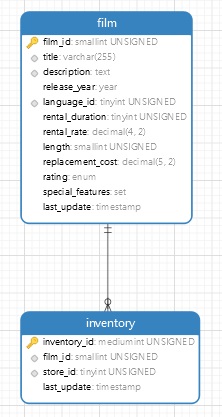
SQL supports the use of aliases to give a table or a column a temporary name. Not only can they save on typing, but aliases can also make your queries more readable and understandable. In today's blog, we'll learn how to incorporate aliases into our queries using Navicat Premium 16.2.
One of the key features that sets Redis apart from other key-value stores is its support of numerous data types, which include strings, lists, sets, sorted sets, and hashes. This makes it easier for developers to solve problems because they tend to know which data type to use for a given task. This blog will outline the six data types supported by Redis.
Redis is an open source, BSD licensed, advanced key-value store, written in C. It's also referred to as a data structure server, since the keys can contain strings, hashes, lists, sets and sorted sets. This tutorial will provide the fundamentals of Redis concepts needed to start using it right away.
Version 16.2 of Navicat Premium added several exciting new features to an already stellar product, the most noteworthy being Redis support. Now, there is a Navicat administration and development client specifically for Redis. Navicat for Redis offers users an easy-to-access visual interface to visualize and optimize Redis data. It includes a rich set of features for making routine management tasks simpler, easier and more efficient than ever before. It can connect to any local/remote Redis server, and is compatible with cloud databases like Redis Enterprise Cloud, Amazon ElastiCache, Google Memorystore and Microsoft Azure. This blog will outline some of Navicat for Redis's most important features.
During the process of normalization, groups of fields that represent a distinct entity are removed from a larger and/or more central table to a separate one. Common fields (usually IDs) are then employed to maintain their relationship. We can see an example below:

In relational database, referential integrity between tables is enforced using foreign key constraints.
This blog will cover how foreign keys work as well as how to create a foreign key constraint in MySQL using Navicat 16 for MySQL .
- 2026 (1)
- 2025 (1)
- December (1)
- November (1)
- October (1)
- September (1)
- August (1)
- Going Beyond Basic Monitoring with Modern Database Observability Platforms
- Privacy-Preserving Databases: Protecting Data While Enabling Access
- Privacy-Preserving Databases: Protecting Data While Enabling Access
- Privacy-Preserving Databases: Protecting Data While Enabling Access
- A Guide to Database Sharding as a Service
- July (1)
- June (1)
- The Rise of Embedded AI/ML Capabilities in Modern Databases
- Immutable Databases: the Evolution of Data Integrity?
- Seamless Information Access Through Data Virtualization and Federation
- Database DevOps Integration: Bridging the Gap Between Development and Operations
- Navicat Sponsors SQLBits 2025 – Supporting the Future of Data Platforms
- May (1)
- Edge Databases: Empowering Distributed Computing Environments
- The Rise of Low-Code/No-Code Database Interfaces: Democratizing Data Management
- Data Vault 2.0: A Modern Approach to Enterprise Data Modeling
- Streaming-First Architectures: Revolutionizing Real-Time Data Processing
- Navicat Proudly Sponsors PGConf.de 2025 as Silver Sponsor (Two Free Tickets Up for Grabs!)
- April (1)
- March (1)
- February (1)
- January (1)
- 2024 (1)
- 2023 (1)
- 2022 (1)
- 2021 (1)
- 2020 (1)
- 2019 (1)
- 2018 (1)
- 2017 (1)














